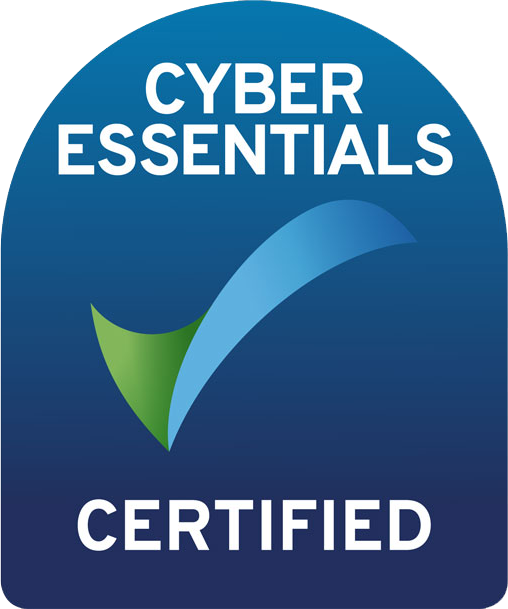What is the Construction Industry Scheme?
CIS is essentially a tax deduction scheme with the aim of preventing fraud and tax evasion within the construction sector.
With HMRC concerned that there may be subcontractors carrying out work for bigger companies and not declaring the money they’ve earned, the scheme has the contractor withhold some of the subcontractor’s earnings to pass onto HMRC, which will then go towards the subcontractor’s tax and National Insurance (NI).
For more information on CIS, take a look at our Construction Industry Scheme page.
What are my responsibilities as a contractor?
One of the first things you may need to do as a contractor is register for CIS.
If your business deals with construction work for buildings in any way, including site preparation, decorating and refurbishment, and you hire subcontractors, then it’s likely you’ll need to register.
It’s worth noting that there may be certain situations where you don’t need to register, such as if your work is paid for by a charity or trust.
For more information about this, read our How do I register for the Construction Industry Scheme as a contractor? page.
You must ensure that you register for CIS before you hire your first subcontractor.
Other contractor responsibilities include:
– Verifying your subcontractors
You’ll need to verify every subcontractor you hire – you can do this either by using the free HMRC CIS online service or via commercial CIS software, and you’ll need to have certain information, such as UTR and NI numbers, in order to complete the form.
For more help with this, read our How do I verify a subcontractor for the Construction Industry Scheme? page.
You won’t be able to pay a subcontractor until you verify them
– Deducting CIS tax from the contractor’s payments and paying them on to HMRC.
The amount of tax you deduct from your subcontractor will all depend on whether or not they are registered for CIS.
Unlike a contractor, a subcontractor doesn’t have to register, however, in doing so, they will have a 20% deduction rate; for unregistered subcontractors, this figure increases to 30%.
A contractor could also have a ‘gross payment’ status where they have a 0% deduction rate. This means you pay them in full and it is then their responsibility to pay their own tax and NI at the end of the tax year.
For more information on tax rates and how to deduct and pay CIS tax to HMRC, read our Construction Industry Scheme tax rates page.
– Filing monthly returns and keeping full CIS records
Every month, you’ll need to tell HMRC about payments you’ve made to subcontractors via your monthly return, and you must declare that the subcontractors listed are not employees.
You’ll also need to keep records of the gross amount of each payment invoiced by subcontractors, excluding VAT and any deductions you’ve made from subcontractor payments.
Failing to do either of these could result in penalties.
– Keeping HMRC up-to-date with any changes to your business
You’ll need to let HMRC know of any changes, such as a change of business address, or if you stop trading or using subcontractors.
We hope you found this page useful. If you have any further questions on CIS or anything else, our team of experts are available to answer any queries, so give us a call on 01442 795 100 or email jaime.thorpe@dolanaccountancy.com.




